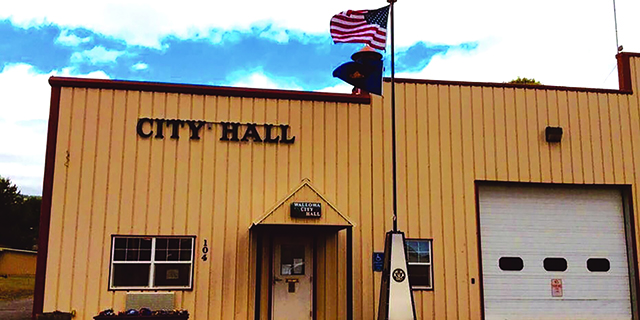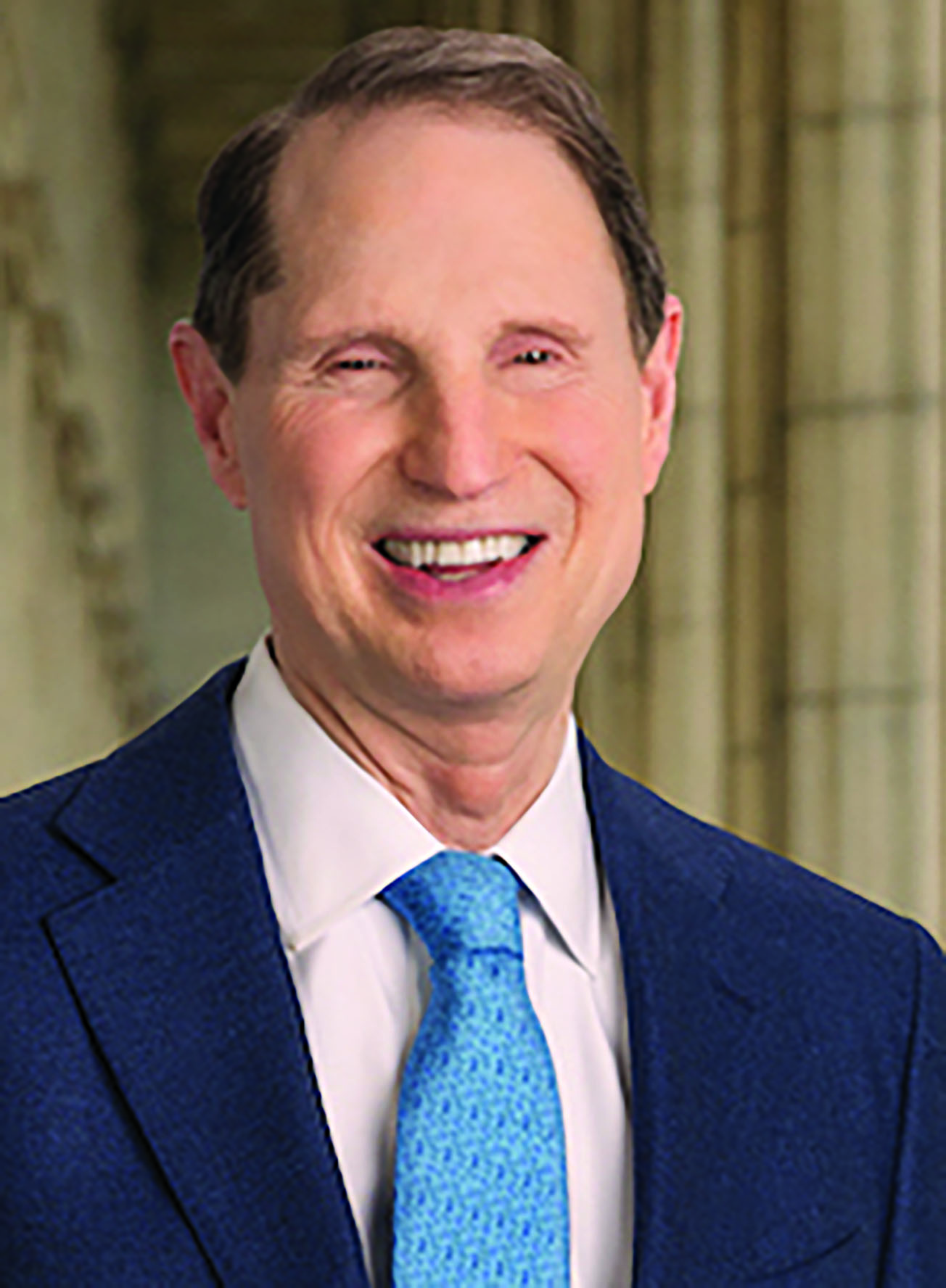Budget boosts are not sustainable
Published 10:21 am Tuesday, April 18, 2017
The last day to pass bills out of their committee of origin to the floor or to one of the three committees that will stay open –– Rules, Revenue or Ways and Means –– was April 18. The budget is still the big question mark. The rate that we have been increasing Oregon’s budget in the last three biennia is unsustainable.
At some point, state spending must be managed reasonably and reined in if we are to keep order, educate properly and take care of the social necessities of our state. The number of opportunities for government to spend money in this state are innumerable.
Trending
Early in this session, Sen. Richard Devlin spoke very accurately when he said, “the scope of what we think we should provide is greater than what we can afford.” Of course, “what we think we should provide” differs between party lines, leaderships and ideologies.
Some start out with a view of governing that begins with, “wouldn’t it be nice if …” In real life, we wish a lot for things. We say, “it sure would be nice if … we could only afford it.”
There are many things we would enjoy, but can they be paid for?
If we look at education, and primarily K-12 education, which I think we would all agree is extremely important, school administrators have said we need to allocate $8.4 billion per biennium to keep pace with service levels from the last biennium. But the Governor’s current budget is set at $8 billion.
Now, the new tagline being added to education is “cradle to career.” So, what does this mean for taxpayers? We’re not quite sure.
Two years ago the Legislature adopoted the “Oregon Promise,” which was to give “free” community college education to all high school graduates with at least a 2.5 GPA. If students qualified for Federal PEL grants, those would be the primary source of funding.
Trending
If they did not qualify because their parents were in a higher income bracket, Oregon taxpayers would then pay for their tuition. Some $10 million was carved out for this program in 2015.
In 2017, the Governor has carved out $40 million for the program but can’t fully fund K-12 and at the same time adding early childhood learning? Who knows what dollars will be carved out in 2019.
These are nice things to do and certainly have value, but the crux of the issue is someone must pay the bills for these benefits. That is simply the basic rule of economics 101.
The big drivers beyond education are healthcare and Medicaid and public safety. PERS right now is becoming a heavy lift.
It would seem prudent to be cutting our spending and setting aside the anticipated need to offset this coming financial earthquake. But these are management decisions and the responsibility of the majority party, which the people of Oregon have elected to govern.
Listening to the governor, the speaker and the senate president at last fall’s business summit, it’s all the fault of the business community and the failure of the gross receipts tax measure that the state doesn’t have enough money.
The fact is, there will never be enough money to satisfy this state’s wants when state spending is not managed well. Government was never intended to satisfy our wants –– regardless of what some believe. Everyone should live within his or her means, especially our government. If the government cannot control its spending, it might just be a management problem.
Barreto respresents District 58, which includes Wallowa County, in the Oregon House of Representatives.









